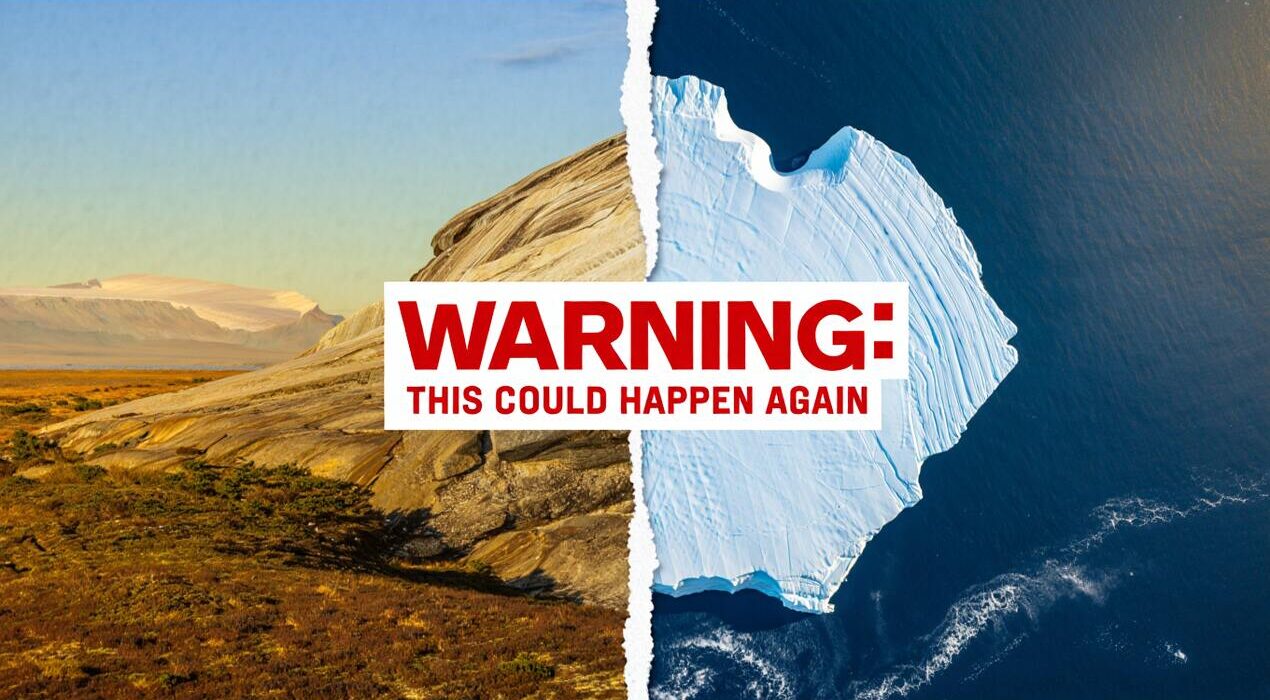Ancient Antarctic Ice Melt Triggered a Global Chain Reaction, Study Finds
Thousands of years ago, Antarctica’s ice sheets went through a dramatic retreat. Scientists now say this ancient melt was driven by powerful ocean feedback loops,a process that could repeat today.
How the Chain Reaction Began
A new study in Nature Geoscience reveals that around 9,000 years ago, warm deep ocean water reached the coast of East Antarctica. This heat caused massive ice shelves to collapse. As the shelves broke apart, inland ice began sliding rapidly into the ocean.
Professor Yusuke Suganuma from Japan’s National Institute of Polar Research led the study. He explained that melting in one region triggered further ice loss elsewhere. This created a “cascading feedback,” where each collapse fueled more melting.
The Evidence Hidden in the Ocean Floor
To uncover this history, researchers analyzed marine sediment cores taken from Lützow-Holm Bay, near Japan’s Syowa Station. These samples captured traces of ancient climate conditions.
By studying beryllium isotope ratios and other geological data, the team reconstructed changes in ocean circulation. The results showed that warm Circumpolar Deep Water intensified during that period, driving the collapse of floating ice shelves.
Why This Matters Today
The East Antarctic Ice Sheet holds over half of Earth’s freshwater. Scientists warn that modern warming could trigger similar feedback loops, leading to accelerated ice retreat and global sea-level rise.
Therefore, understanding ancient events helps predict what might happen next. This research offers crucial insight into the planet’s fragile balance between ice, oceans, and climate.






